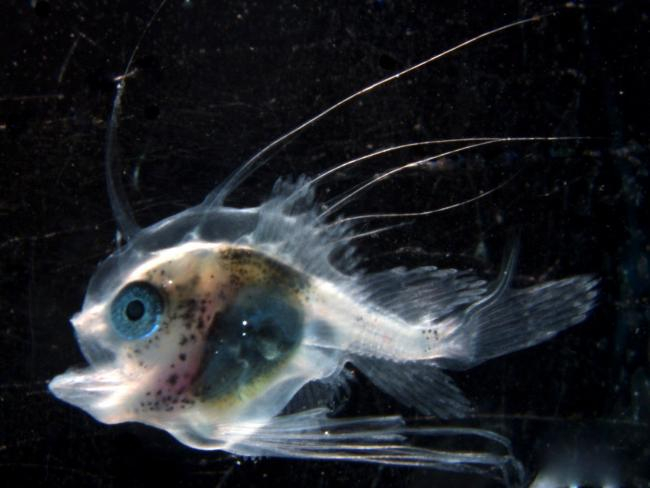There is broad consensus in the scientific community that the world’s climate is changing at an unprecedented rate and evidence is accumulating on the ecological consequences of the changing climate. In the aquatic realm, for example, such consequences have involved shifts in the phenology of phytoplankton and zooplankton and reorganizations of phytoplankton community compositions towards species with smaller cell sizes.
In a changing environment, ecological communities need to adapt their distribution of phenotypes so that the average fitness increases and the community can thrive under the new environmental conditions. Adaptation can work through a change in the genetic composition (e.g. microevolution) or through different forms of phenotypic plasticity. Whether such mechanisms will play a role in the real ocean, for example by making phytoplankton communities more resilient to changing environmental conditions, is currently unknown.
In this project we integrate a variety of laboratory data and field observations, including those acquired within the DynaTrait Priority Programme , into a trait-based modelling framework. This modelling framework is based on the adaptive dynamics of phytoplankton cell size and, critically, on a trade-off emerging from relationships between phytoplankton cell size and
1) phytoplankton nutrient uptake,
2) zooplankton grazing, and
3) phytoplankton sinking.
With this tool we investigate how shifts in phytoplankton community composition and phenotypic diversity impact the foodweb dynamics of two contrasting regions of the Atlantic Ocean (temperate and tropical) under a number of environmental disturbances and future scenarios. Our project strives to translate the knowledge acquired within the DynaTrait Priority Programme into the context of a “real” ocean environment.





